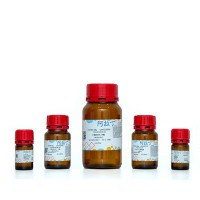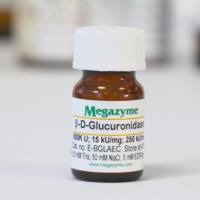Assays for HSP90 and Inhibitors
互联网
606
The molecular chaperone HSP90 is currently under investigation as a promising target for anticancer drug discovery. It constitutes 1–2% of total cellular protein and is present in the cell as a dimer in association with a number of other proteins (1 ). HSP90 is involved in ensuring adequate protein folding and preventing non-specific aggregation of proteins following chemical mutation or stress (2 ). Under physiological conditions, together with its endoplasmic reticulum homolog GRP94, HSP90 plays a housekeeping role in the cell, maintaining the conformational stability and maturation of several key client proteins, including oncogenic kinases (e.g., ERBB2, RAF-1, CDK4, and LCK), steroid receptors, and mutant TP53 (3 ). A number of HSP90 inhibitors have already been identified. These include the benzoquinone ansamycin natural product geldanamycin and its analog, 17-allylamino-17-demethoxy-geldanamycin (17AAG), together with the chemically dissimilar natural product radicicol. The predominant mechanism of action of these agents involves binding to HSP90 at the ATP binding site in the N-terminal domain of the protein, leading to inhibition of the intrinsic ATPase activity of HSP90 (4 –6 ). Inhibition of HSP90 ATPase activity prevents recruitment of co-chaperones and encourages the formation of a type of HSP90 heterocomplex from which these client proteins are targeted for degradation via the ubiquitin proteosome pathway (3 ,7 ).








